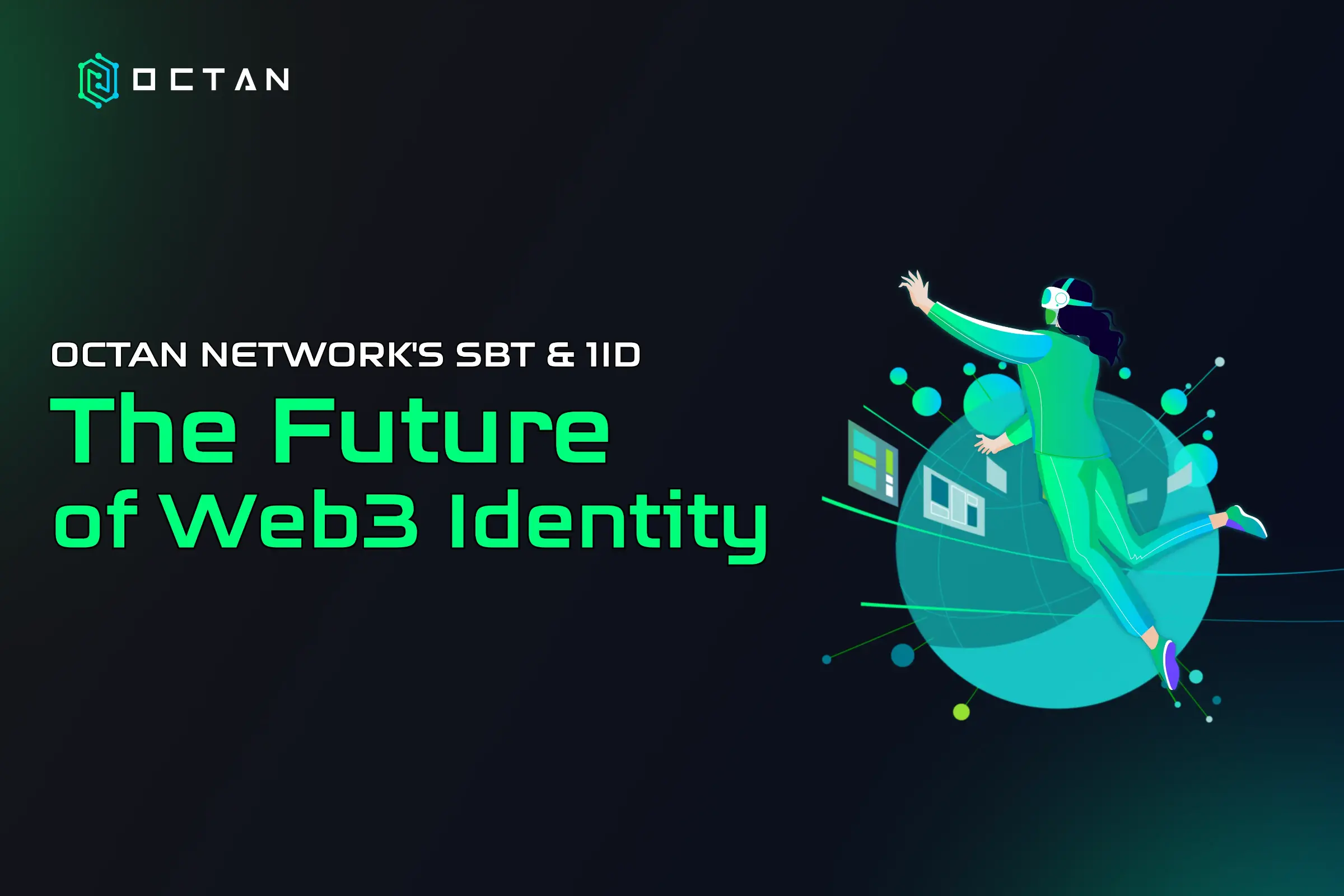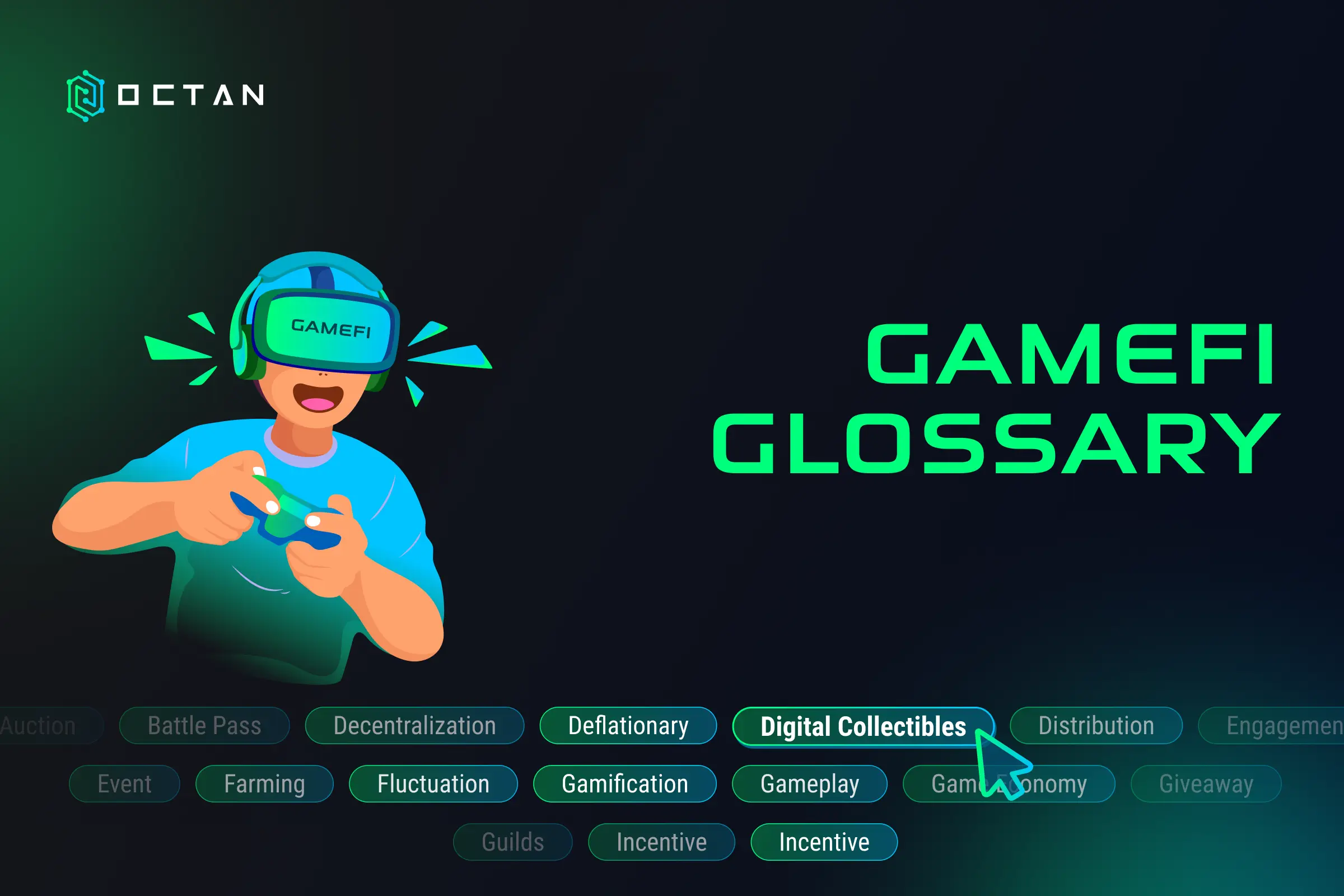The internet has come a long way since its inception. In the early days, the internet was a static place where users could only consume content. However, with the advent of Web2, the internet became interactive and user-generated content became the norm. Web2 platforms like Facebook, Twitter, and YouTube gave users a voice and allowed them to connect with others from all over the world.
Understanding Web2

Web2 is the second generation of the internet, which is characterized by interactive functionality and user-generated content. Web2 platforms are typically centralized, meaning that they are owned and operated by a single company. This gives the company control over user data and the ability to censor content.
Some of the most popular Web2 platforms include Facebook, Twitter, and YouTube. These platforms have billions of users and generate billions of dollars in revenue each year. However, they have also been criticized for their centralized nature and their lack of privacy and security.
Understanding Web3

Web3 is the third generation of the internet, which is a decentralized and open-source platform that is built on blockchain technology. Blockchain is a distributed ledger that allows for secure, transparent, and tamper-proof transactions.
Web3 platforms are designed to give users control over their data and to protect their privacy. They are also designed to be more scalable and more secure than Web2 platforms.
Some of the most popular Web3 platforms include Ethereum, Bitcoin, and Decentraland.
Web2 vs. Web3: A Comparison
The following table summarizes the key differences between Web2 and Web3:
| Feature | Web2 | Web3 |
|---|---|---|
| Data ownership | Centralized | Decentralized |
| Security | Less secure | More secure |
| Privacy | Less private | More private |
| Scalability | Less scalable | More scalable |
| Usability | More user-friendly | Less user-friendly |
Data Ownership
In Web2, data is owned by the centralized platforms that users interact with. This means that these platforms have control over the data, and they can use it for their own purposes, such as advertising or selling it to third parties.
In Web3, data is owned by the users themselves. This means that users have control over their data, and they can choose who they share it with.
Security
Web2 platforms are typically less secure than Web3 platforms. This is because Web2 platforms are centralized and therefore more vulnerable to attack.
Web3 platforms are typically more secure than Web2 platforms because they are decentralized. This means that there is no single point of failure, and it is more difficult to attack the entire network.
Privacy
Web2 platforms typically collect and use user data without their consent. This can be a problem because it can lead to identity theft, fraud, and other types of cyberattacks.
Web3 platforms give users more control over their data. This means that users can choose who they share their data with, and they can also choose to encrypt their data so that only they can access it.
Scalability
Web2 platforms are typically less scalable than Web3 platforms. This is because Web2 platforms are centralized and therefore more difficult to upgrade.
Web3 platforms are designed to be scalable, which means they can handle a large number of users and transactions. This is because Web3 platforms are decentralized, and there is no single point of failure.
Usability
Web3 platforms are typically less user-friendly than Web2 platforms. This is because Web3 platforms are still in their early stages of development.
However, Web3 platforms are becoming more user-friendly as they continue to develop. This is because developers are working on making Web3 platforms more accessible to the general public.

Last Words
As Web3 continues to develop, it is likely to replace Web2 as the dominant platform for the Internet. Web3 offers a number of advantages over Web2, and it is only a matter of time before users realize the benefits of Web3 and start to adopt it in droves.
In this transformative landscape, Octan Network stands as a prominent player, driving the adoption of Web3 and revolutionizing data analytics. Through its innovative products and services, Octan Network empowers users to take control of their data, engage in peer-to-peer transactions, and shape the future of the internet. With its mission aligned with the principles of Web3, Octan Network plays a crucial role in paving the way for a more decentralized, secure, and user-centric internet experience. The future of the internet is Web3, and Octan Network is at the forefront of this exciting evolution.
To stay updated with the latest developments and insights from Octan Network, we invite you to follow us on our social media channels. By following us on these platforms, you’ll gain access to valuable information, news, updates, and announcements about our products, services, and contributions to the Web3 ecosystem. Join our community of Web3 enthusiasts and be part of the future of the internet with Octan Network.


